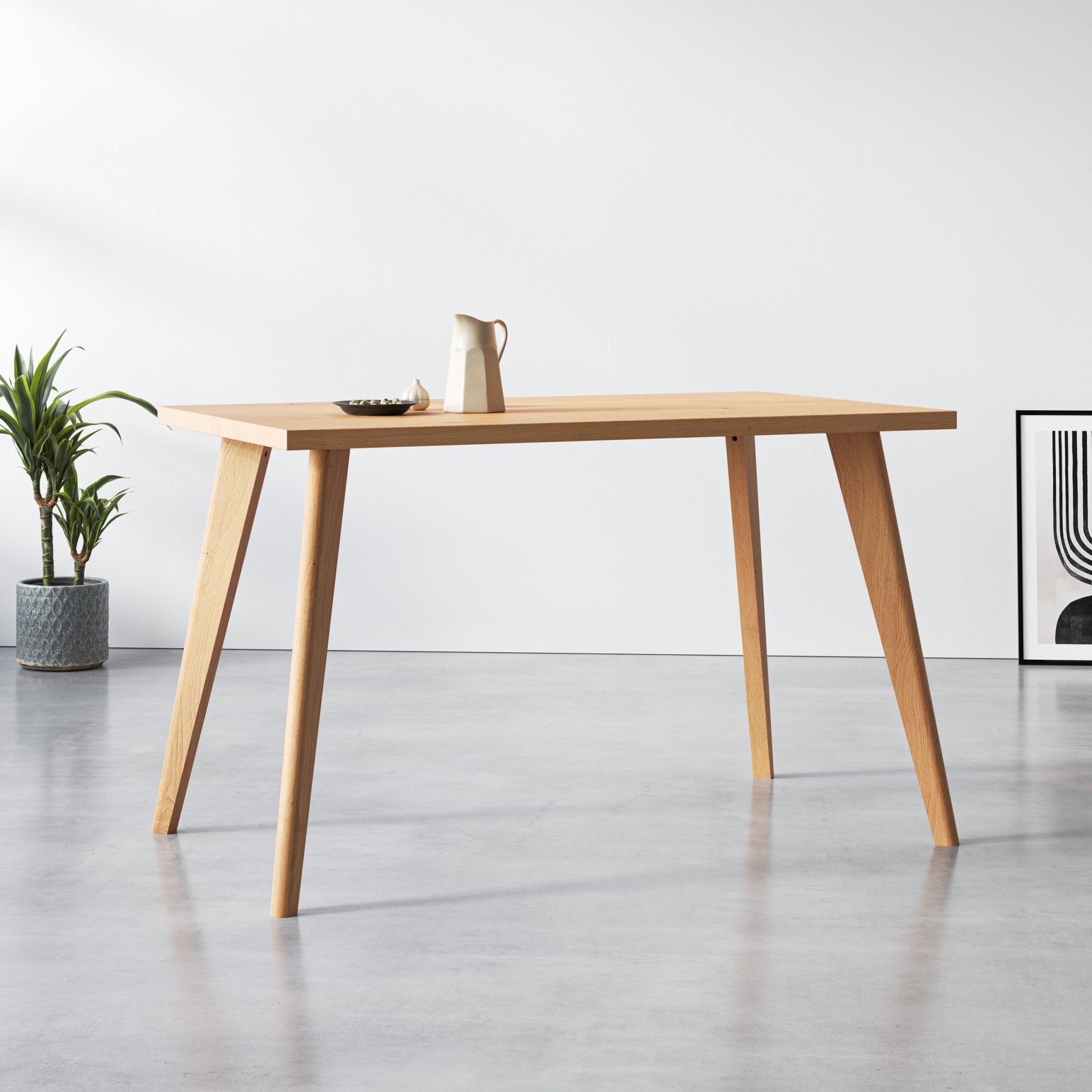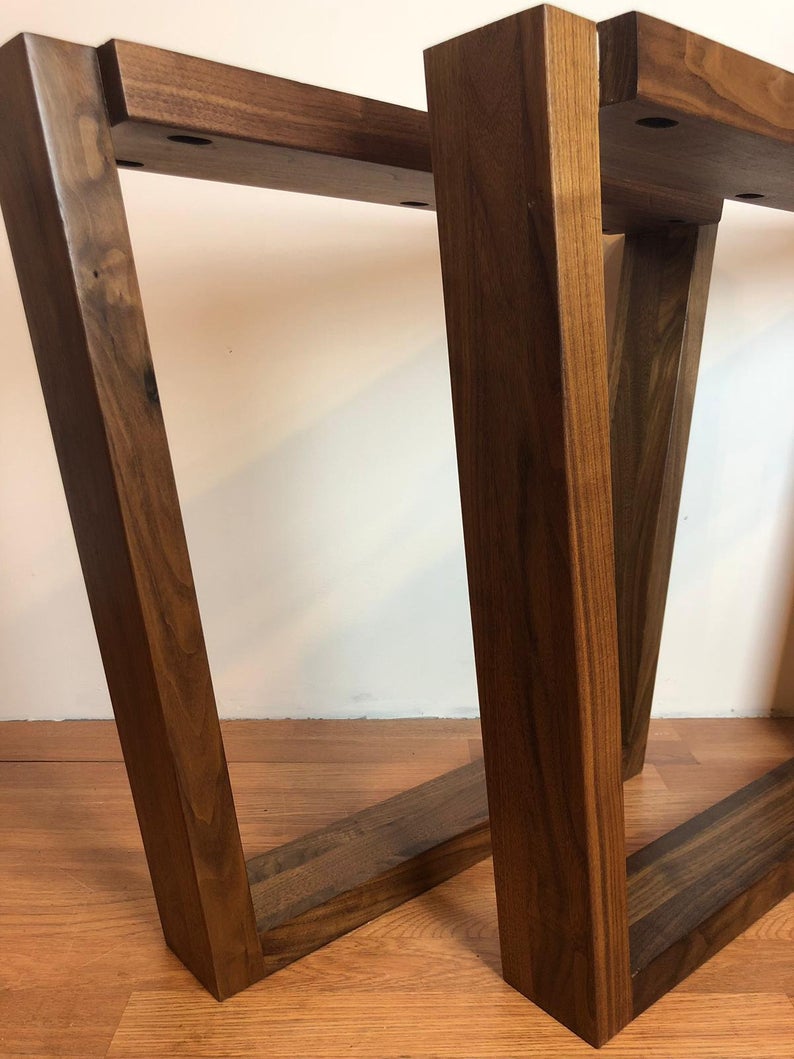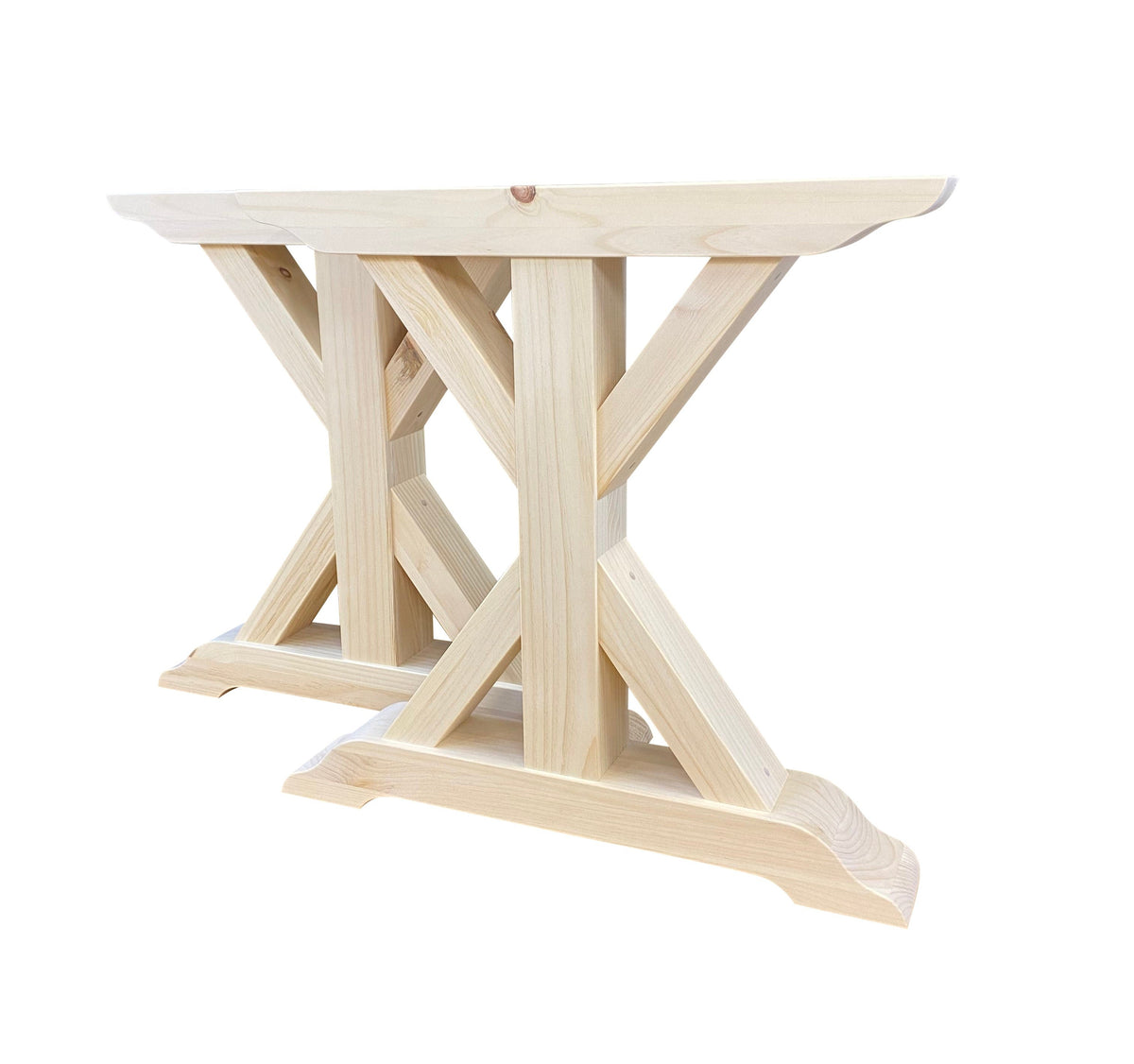Discovering the Different Sorts Of Table Legs Wood for Your Eating Area
The choice of table legs wood can profoundly influence both the useful and aesthetic qualities of your dining room. Strong timber options, such as oak and walnut, give a timeless look with unmatched toughness, while engineered timber alternatives supply innovative layouts that mimic the richness of all-natural grains. In addition, the growing trend of recovered timber presents a sustainable element that interest environmentally mindful customers. As we explore these different alternatives, it becomes vital to think about not just the visual allure however likewise the functional implications of each material choice. What factors should assist your choice?
Strong Wood Options

Additionally, strong wood is renowned for its strength and long life. Unlike crafted materials, solid wood is much less susceptible to bending and damages over time when properly maintained. This makes it a suitable selection for families or those that regularly host celebrations. Each piece of strong wood is unique, showcasing individual attributes that contribute to the beauty and personality of the eating table.
In addition, strong timber can be completed in various ways, ranging from natural oils to stained finishes, permitting home owners to individualize their furnishings to match their design. In summary, selecting strong timber for dining table legs not only ensures architectural honesty yet likewise enhances the visual charm of the dining location, making it a beneficial financial investment for any type of home.
Engineered Wood Alternatives

Plywood, built from multiple layers of wood veneer, is secure and especially strong, making it an excellent selection for dining table legs. Its split composition permits it to stand up to changes in moisture and temperature better than typical solid wood. MDF, on the various other hand, offers a smooth surface area for painting or veneering, making it possible for designers to accomplish a refined appearance while preserving architectural integrity.
Particleboard, often made use of in economical choices, offers suitable toughness and is lightweight, making it easier to take care of. Nevertheless, it may not be as long lasting as plywood or MDF. It is crucial to think about the intended use and wanted aesthetic when choosing crafted wood options. These products not just enhance the performance of eating areas however additionally permit higher design versatility, making sure that typical and modern styles can coexist harmoniously.
Reclaimed Timber Includes
Reclaimed wood offers a distinct mix of sustainability and character, making it a progressively prominent selection for eating table legs. Sourced from old barns, manufacturing facilities, and various other frameworks, recovered timber symbolizes a background that brand-new products just can not duplicate. Each piece brings its own story, marked by distinct flaws, knots, and differing grain patterns, which add to a table's distinct visual allure.
Along with its aesthetic charm, recovered wood is an eco-friendly option. By repurposing formerly made use of materials, it reduces the need for brand-new lumber, therefore assisting to save forests and minimize waste. This aligns with an expanding consumer preference for lasting practices in furniture.
Furthermore, redeemed wood is commonly much more durable than freshly gathered wood as a result of its age. The natural drying out process that reclaimed wood undergoes cause a denser and more powerful product, making it much less at risk to warping and splitting. This improves the longevity of dining tables, allowing them to stand up to the rigors of daily use.
Softwood vs. Wood
When picking table legs, comprehending the differences in between softwood and hardwood is critical for accomplishing both aesthetic and practical objectives. Softwoods, stemmed from coniferous trees, such as want and cedar, are characterized by their lighter weight and convenience of manipulation. They usually exhibit an even more rustic look, making them suitable for laid-back or country-style dining areas. Nonetheless, softwoods are typically much less sturdy than woods, which can be a consideration for households or those looking for long life in their furnishings.
On the other hand, woods, sourced from deciduous trees like oak, cherry, and maple, are renowned for their density, strength, and durability. The intricate grain patterns and rich colors of woods give a sophisticated and timeless charm, making them optimal for formal dining setups. While woods often tend to be extra costly and larger, their durability against deterioration commonly warrants the investment.
Ultimately, the choice between softwood and hardwood for dining table legs should align with your layout vision, use needs, and spending plan, ensuring that your dining space shows your individual style while remaining functional over time.

Coatings and Therapies
The aesthetic charm and longevity of dining table legs can be substantially boosted via numerous coatings and therapies. These procedures not only safeguard the wood from damage yet likewise raise its appearance, have a peek at this website enabling it to complement diverse indoor designs.
One typical treatment is staining, which penetrates the timber and improves its natural grain while adding color. Discolorations provide an abundant, sophisticated look, making it possible for homeowners to match their furnishings with existing style. Conversely, clear finishes such as polyurethane or varnish develop a protective layer without changing the wood's original tone, making sure longevity versus damage.
Additionally, all-natural oils, like tung or linseed oil, nourish the timber and use a refined sheen, all while being environment-friendly. These oils permit the surface to take a breath, protecting against dampness build-up and prospective bending.
For those looking for a rustic charm, weathered or troubled finishes can be related here to produce an aged look, including character to the item. Inevitably, the selection of treatments and finishes relies on personal choice, desired looks, and the particular timber type, making it important to take into consideration these factors when choosing table legs for your room.
Final Thought
In conclusion, the selection of eating table leg products substantially affects both the visual and functional facets of a dining room. Solid timbers, engineered alternatives, and reclaimed alternatives each deal distinct advantages, accommodating different preferences and demands. Understanding the distinctions between woods and softwoods, in addition to proper coatings and treatments, enables informed decision-making. Eventually, the selection of timber type must straighten with desired style, toughness, click and ecological considerations, enhancing the total dining experience.
The choice of dining table legs timber can greatly impact both the aesthetic and useful qualities of your dining space - Dining Table Legs Wood. Strong wood choices, such as oak and walnut, supply a traditional look with unrivaled toughness, while crafted wood options use ingenious styles that resemble the splendor of all-natural grains. Solid wood offers an ageless high quality that can raise the overall style of an eating room. Each piece of strong wood is distinct, showcasing individual attributes that add to the charm and personality of the eating table
Additionally, reclaimed timber is commonly a lot more resilient than newly collected wood due to its age.